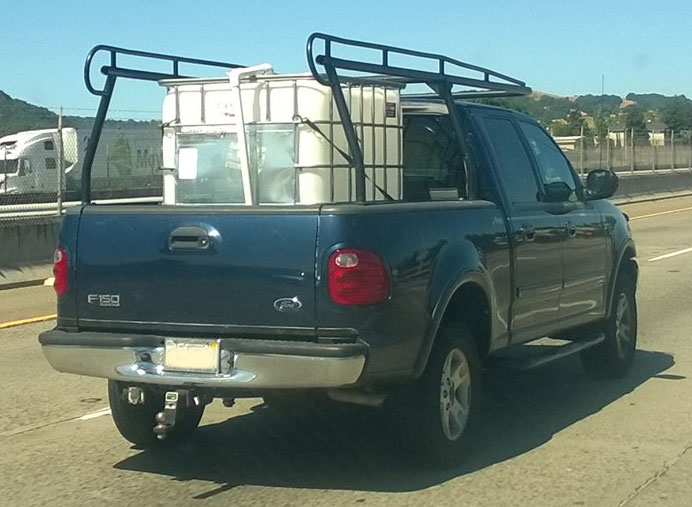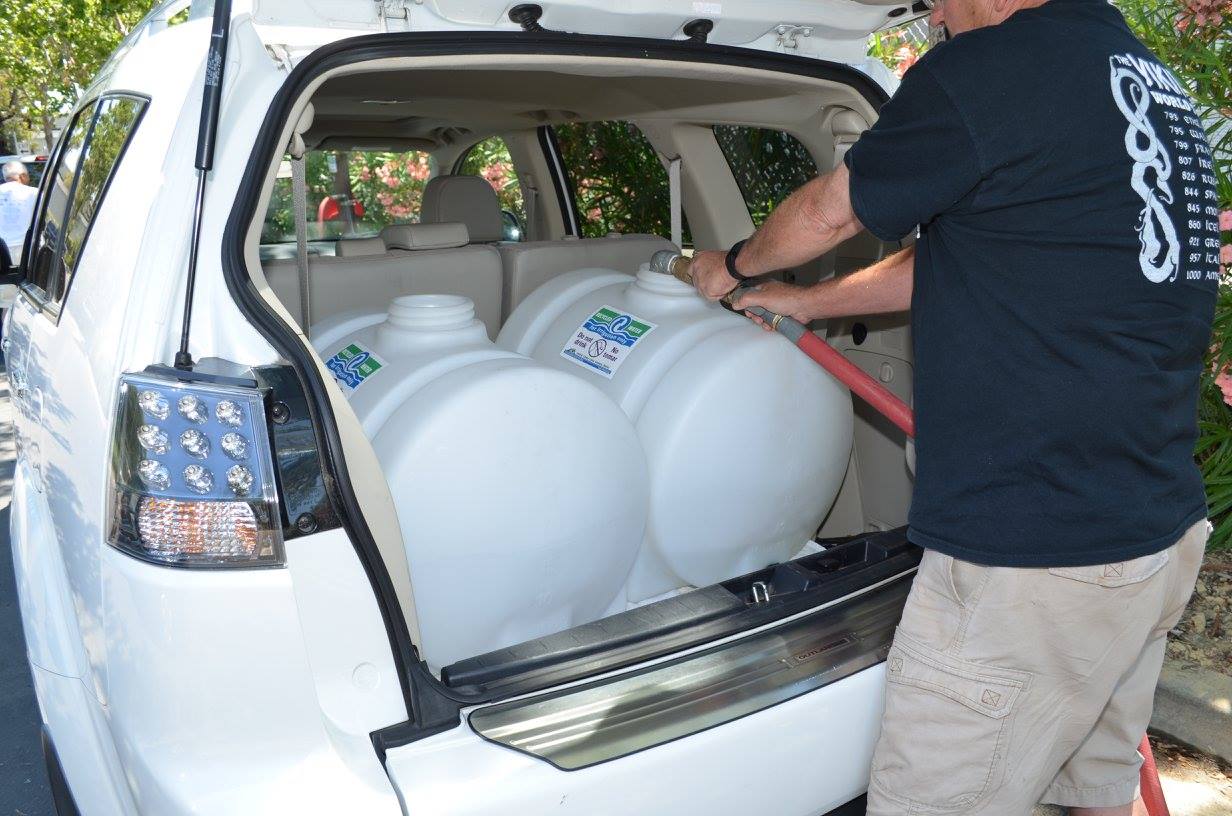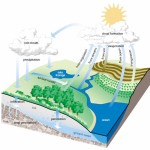
Hydrologic Cycle
Percolation. This may be new rainwater term to most homeowners, but it is a term and activity that we need to embrace. Simply put, it refers to keeping rainwater on the land and letting it flow into the ground, ultimately replenishing ground water.
An inch of rain falling on about 1600 square feet of rooftop will produce about 1,000 gallons of run-off. Capturing this water on the property at the start and end of the rainy season will lessen irrigation needs and help plants cope with drought conditions.

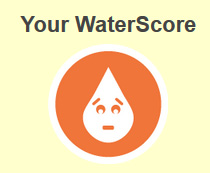 Two months ago I wrote an article about Chris Rossiter, a Danville resident who needed
Two months ago I wrote an article about Chris Rossiter, a Danville resident who needed 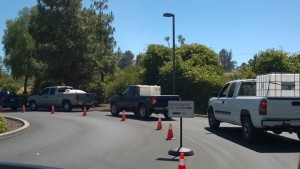
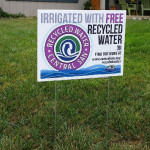 I am very impressed at how much activity this blog has received. From starting as
I am very impressed at how much activity this blog has received. From starting as 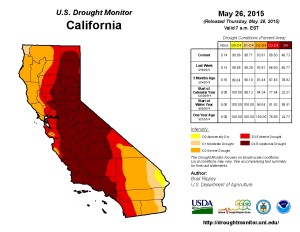
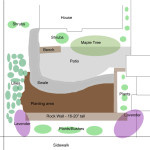 I follow a page on Facebook called “
I follow a page on Facebook called “